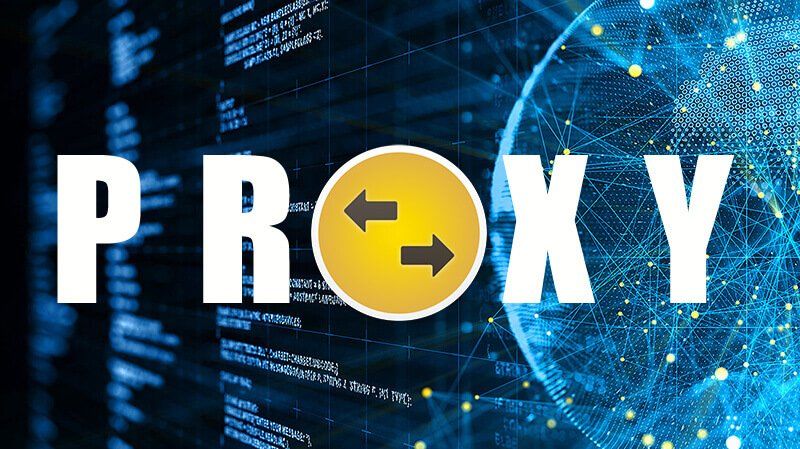What is Proxy?
Proxy is a server application that means “proxy” in Turkish and as the name suggests, acts as an intermediary between the user and the server in computer network systems. With the proxy acting as a proxy, it detects a different IP address offered by the proxy instead of the user’s IP address by the server. In this way, the proxy allows the user’s ip address to be hidden on the internet.

What is Half Proxy?
In the working logic of half proxy architecture, requests from the user are represented by the proxy and the requests are forwarded to the server by the proxy. It can be considered how beneficial it is to transfer the request from the user to the server as it is without any action. This process enables the proxy to become the traffic manager in network structures with a large number of servers, and decides which servers the requests go to and directs the network traffic. In this way, the process of making a single connection between the user and the server by acting as a channel is called half proxy.

What is Full Proxy?
A full proxy acts as an intermediate device both when sending the request from the user to the server and sending the response from the server to the user. It provides two separate connection paths, one connection between the user and the proxy, and another connection between the server and the proxy. Full proxy structure means that the users or servers that the proxy device is connected to do not communicate with each other. In summary, users think that the proxy device is the server, while the servers think that the proxy device is the user. This system is called full proxy because separate connections are created on both sides in this way.

Benefits of Using Half Proxy:
- In network structures where the number of servers is high, it acts as a load balancer between the user and the server.
- Since they enable incoming requests to be routed, they enable servers to work more efficiently against incoming requests.
Benefits of Using Full Proxy:
- With its working logic, the TCP handshake buffers a request from the user, then communicates with the server to forward the request to the server if necessary.
- Establishing a two-way connection by connecting with both the user and the server allows the proxy to be in the administrator position and manage the traffic.
- Having the proxy in the administrator position ensures that the incoming request can be examined by the proxy before it is forwarded to the server.
- While it does not perform any encryption process during the connection with the proxy server, it ensures that the certificates and data are encrypted and transferred securely during the connection with the user.
- The fact that the proxy performs its operations on its own resources without using the resources of the servers allows the servers to work more efficiently.



This Post Has 0 Comments